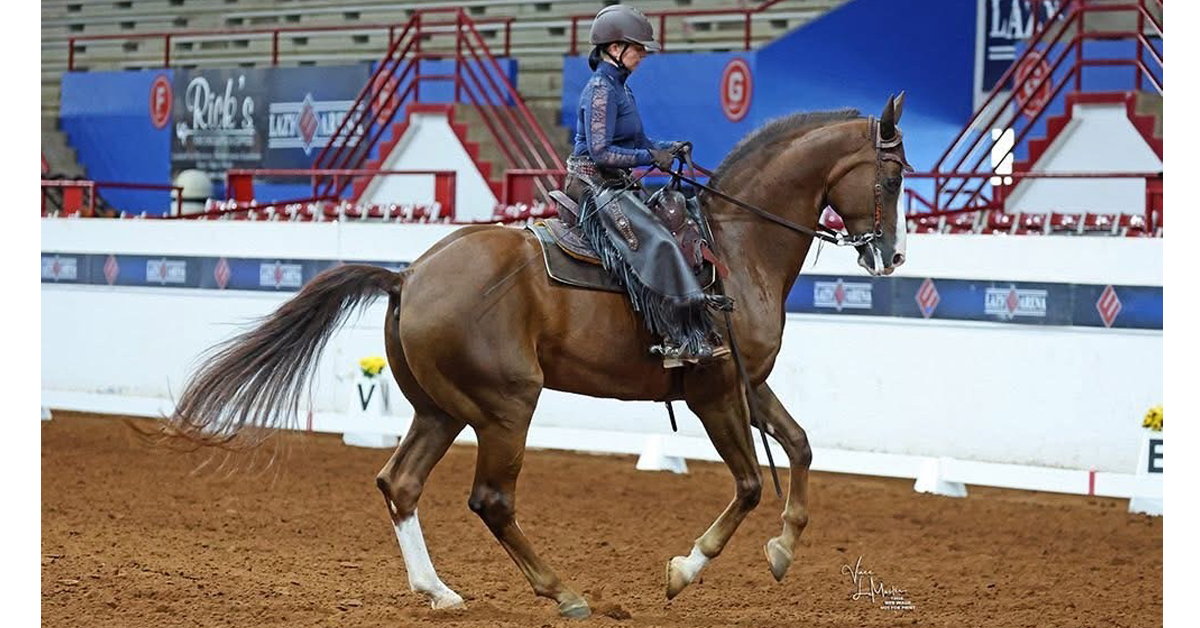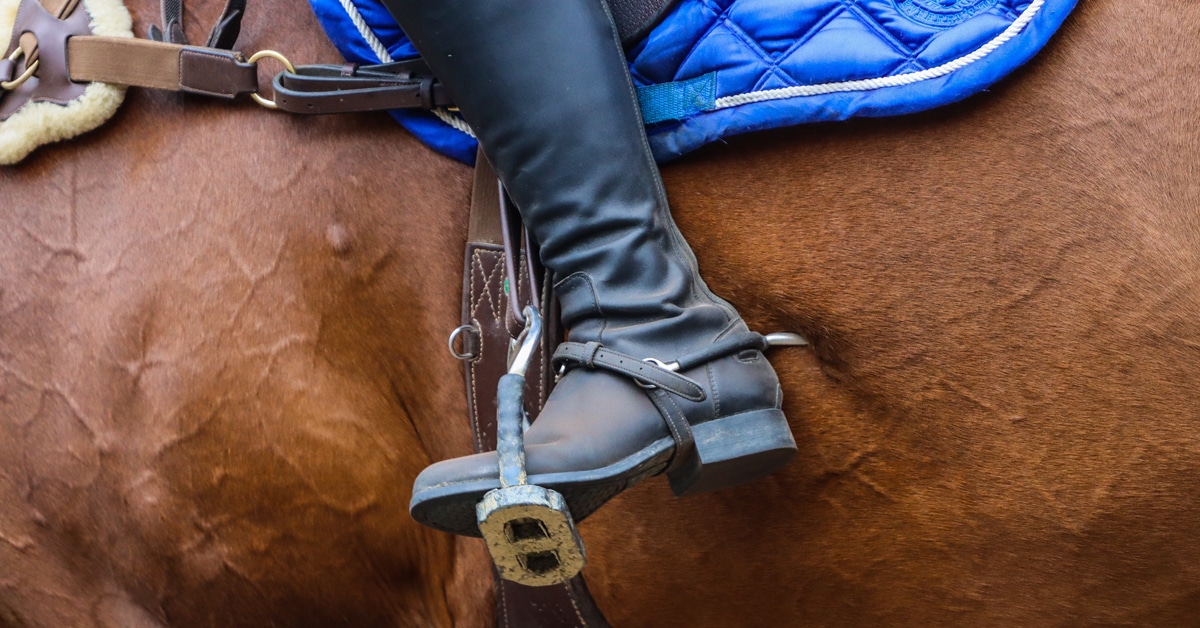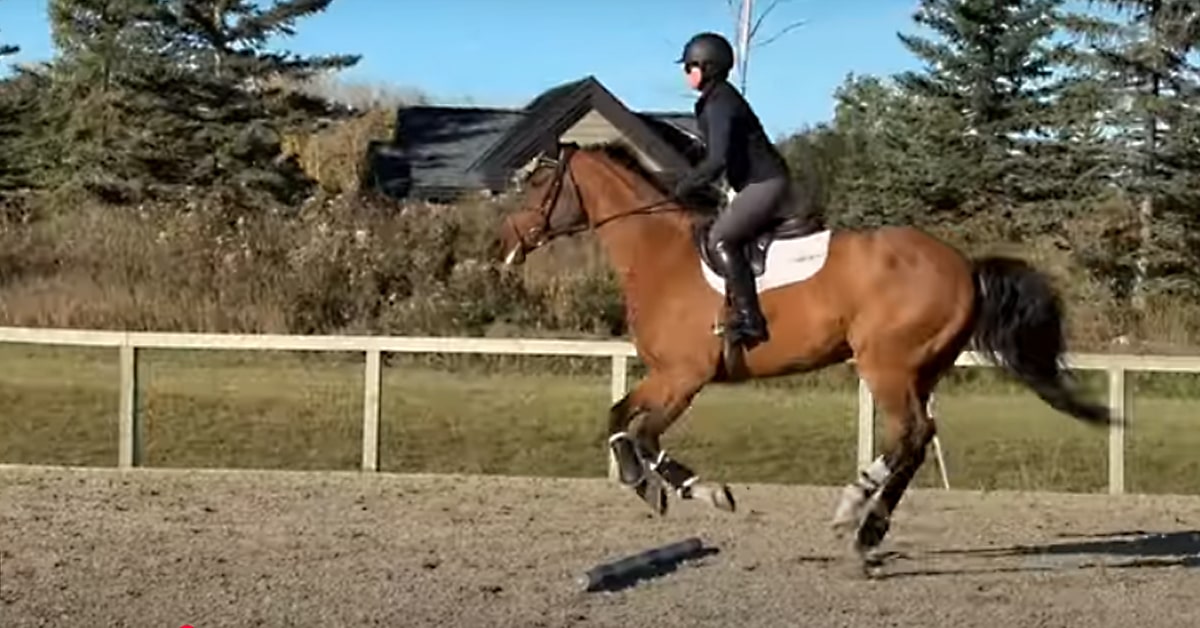Squamous cell carcinoma is directly linked to sun exposure. According to the non-profit Equine Cancer Society (equinecancersociety.com), just like humans, horses need to be protected from UV rays, which can be accomplished through night-time turn out, UV-protective blankets and masks, and sunscreens with at least 50 SPF.
From skin cancer to mammary neoplasia, horses are just as susceptible as humans to this life-threatening disease.
Cancer is defined as the uncontrolled growth of cells that develop into masses called tumours, which invade healthy tissue and release chemicals into the body. Symptoms include weight loss, depression, anorexia, fever, and anemia. Cancerous cells and tissues can migrate through the blood or lymph system and create additional tumours throughout the body. The following are some cancers specifically common to equines.
Skin Cancers
Skin cancers are the most prevalent type of cancer diagnosed in horses – as much as 80% of total cancers in some studies. The most common type is the sarcoid. Sarcoid tumours often grow quickly, but tend not to spread to other organs. While they often start off looking like patches of thinning hair, they may develop into hairless plaques or large nodules that look like warts or round balls attached to the skin. Some research suggests that the bovine papillomavirus (which causes warts and typically benign tumours in cattle) is a factor in the development of sarcoid tumours in horses.
Squamous cell cancers are the second most common type of equine skin cancer. These tumours appear as raised, irregular lumps, often with ulceration or infection, and frequently develop around the anus or genitals, on the eyelid (or the third eyelid), or other areas with less hair and pigmentation. Horses with white faces or white markings that extend to the eyes are at greater risk. Keeping a stallion’s or gelding’s penis and sheath clean through frequent washings seems to be helpful in preventing this type of cancer from developing on the genitals. Squamous cell cancers do sometimes develop internally as well.
The third type of common skin cancer is melanoma. Grey horses are the most likely to become inflicted with this; in fact, some studies have found that 80% of greys over 15 years old have melanoma. It can appear in horses as young as four or five, however, and occasionally foals may be born with tumours. Melanomas are often discovered under the base of the tail, as well as around the horse’s mouth or the base of the ears. The tumours begin as small raised areas that grow unto larger masses with many lobes.
What to Look For
Many horses have lumps and bumps on their skin, and most of the time they’re harmless, but it’s advisable to keep an eye on them, because early identification can be the key to a good outcome. But what should you be looking for, exactly? Basically, anything different. “When you are grooming, pay attention to any changes you see in the skin or hair coat,” says Dr. Bruce Wobeser, assistant professor of anatomic pathology at the Western College of Veterinary Medicine in Saskatoon, SK. “If you notice even small changes, keep track of them. How big are the lumps, how quickly are they changing, are they getting larger or firmer or nodular? Is there hair loss? Some tumours, like sarcoids, can be easy to miss in the early stages where they may just look like a scruffy or thin area of hair.” Important regions to check during grooming include around the eyes and eyelids, near the mouth, and around the horse’s anus or genitalia.
A simple way to keep track of a potentially changing lump is by taking a photo; hold a ruler or measuring tape near the lump you are concerned about so you can accurately determine any changes in size over time. Your description of any changes will help your veterinarian assess the possibility of cancer – but he or she is unlikely to be able to give you an answer just by looking at your horse. “Skin cancer in horses is largely diagnosed based on biopsies,” explains Wobeser. “Sometimes people believe that they can diagnose tumours based on their appearance alone, but many times tumours may appear to be of one type when they may in fact be another type.”
Even with a biopsy making that determination, it is sometimes tricky and there is a risk that the biopsy itself may cause the cancer to spread – especially in the case of sarcoid tumours. Wobeser and his colleagues are researching ways to improve the diagnosis, as well as studying the prevalence of cancers and possible causes among horses in western Canada.
Other Cancers
Lymphosarcoma, a form of cancer which involves the lymphatic system, usually begins in one lymph node and spreads throughout the body. (Lymph nodes are connected via lymph channels, small tubes similar to blood vessels through which nodes, proteins, and other substances move around the body.) Lymphosarcoma often first becomes apparent to the horse owner when lumps appear under the jaw, in the throatlatch area, at the base of the neck, or on the chest – all areas with a concentration of lymph nodes.
Rarer cancers that are sometimes seen are mammary neoplasia (equivalent to breast cancer in humans) and prostate or testicular cancers. These appear as lumps inside the organs, but are not likely to be noticed until they are fairly large. A limited study at the University of Kentucky found that equine mammary cancer is far more likely to be malignant than benign, meaning a poor prognosis for long-term survival.
As with humans, horses can also develop cancerous tumours internally. But since they aren’t able to complain about any discomfort they are feeling, we may not be aware of what is going on.
“Internal tumours of horses are less frequently diagnosed than in other animals such as dogs,” added Wobeser. “That may be in part because of the greater difficulty in doing surgery on horses.” In general, the veterinary research community has limited information about cancers in horses. While it is known that horses with white skin or white markings are more likely to develop certain skin cancers, there’s little data about whether different breeds are more susceptible, unlike in dogs, where certain breeds are well-known to be more likely to develop certain cancers.
Treatment & Prognosis
Treating cancer in horses is also less well-researched, explained Wobeser. “Most treatments in horses are aimed at local control of tumours. These include surgical removal or cryotherapy.” If the cancer is caught fairly early, this can be quite successful; however, sarcoid tumours tend to recur in more than half the cases.
Since squamous cell tumours and lymphoscarcomas do metastasize to other organs, these types of cancers may eventually kill the horse unless removed. Veterinarians may want to check to see if the cancer has spread before putting the horse through risky surgery.
Some medications (cisplatin, bleomycin, doxirubin, cyclophosphamide, and 5-fluorouracil) and radiation (including implanting radioactive beads) may be used to treat various types of tumours, but the research behind these strategies is very limited. “Chemotherapy, like we think of with humans and dogs, is very expensive when applied to horses,” said Wobeser. “There is not a lot of information on this beyond small experimental trials.” He added that newer treatment options with injectable and topical medications are being developed, but researching them is difficult, because it is both costly and challenging to collect enough horses with tumours to conduct reliable studies. One particular melanoma vaccine (Oncept, previously used to treat dogs) has had a good response in a clinical trial at Lincoln Memorial University’s College of Veterinary and Comparative Medicine. A new vaccine – ImmuneFX – that encourages the immune system to attack tumour cells without damaging healthy cells or tissues, is also undergoing testing.
The limited options for cancer treatment make it even more important for horse owners to be monitoring their animals for those suspicious lumps and bumps. When cancer is caught at an early stage, surgery is more likely to succeed and the prognosis will be better. Making this part of your daily grooming routine might just save your horse’s life.
“If you notice even small changes, keep track of them. How big are the lumps, how quickly are they changing, are they getting larger or firmer or nodular? Is there hair loss? ”
According to the 2005 study Trends in Equine Mortality, cancer was responsible for just 2.7% of horse deaths for animals over the age of 6 months based on data collected from the U.S. Department of Agriculture’s National Animal Health Monitoring System. By comparison, 2.1% were killed by lightning or fire, colic was attributed to 15.2% and wounds were blamed for 16% of deaths. Simple “old age” led the way at 30.4%.
The Latest









